Today, there is a lot of news from Ukraine.
Recently, the president of Ukraine announced the creation of a new branch of the Armed Forces, following the success of assault battalions and regiments over 2025. This bold move, integrating advanced drone warfare, signals a transformative shift in Ukraine’s military strategy, determined to redefine its combat capabilities and filter out ineffective practices.

President Volodymyr Zelensky has officially announced the establishment of Ukraine's Assault Forces, a groundbreaking new branch within the Armed Forces of Ukraine. This formalization of the new branch comes as a response to the changing dynamics of modern warfare, where the use of heavy machinery becomes obsolete. The branch will gain legal status within the armed forces of Ukraine, enabling better operations and resource allocation. Notably, it incorporates a specialized drone warfare component that lowers the human cost during operations.
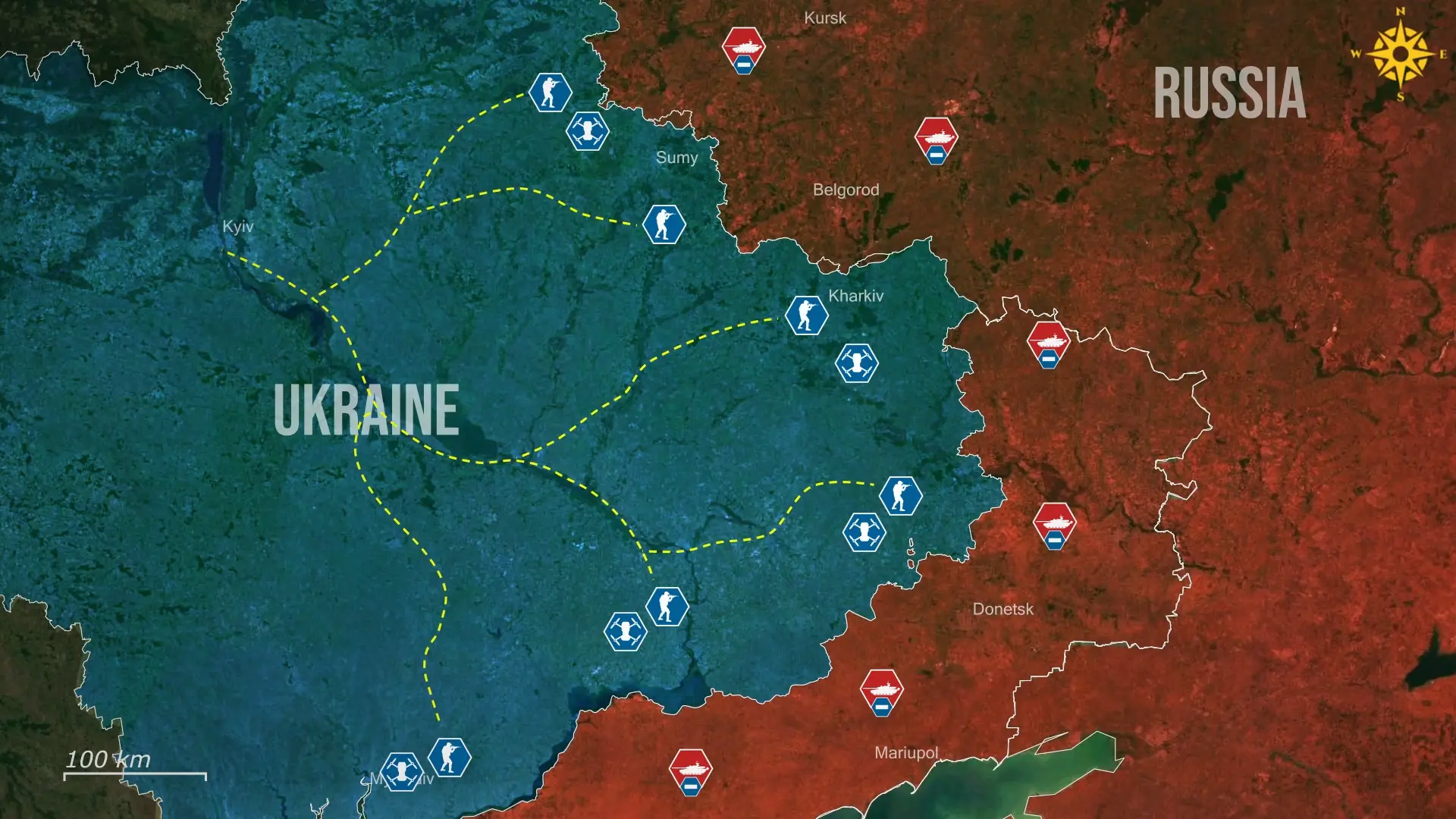
The Assault Forces, Ukraine’s newly formed Armed Forces branch, are designed for dynamic, high-impact operations. Built on the success of existing assault units, they specialize in rapid, decisive engagements across diverse front lines. Key units include the 225th, 210th, 1st, 425th, and 33rd Assault Regiments, celebrated for their achievements in Kursk, Sumy, Stepnohirsk, and Dobropillia.
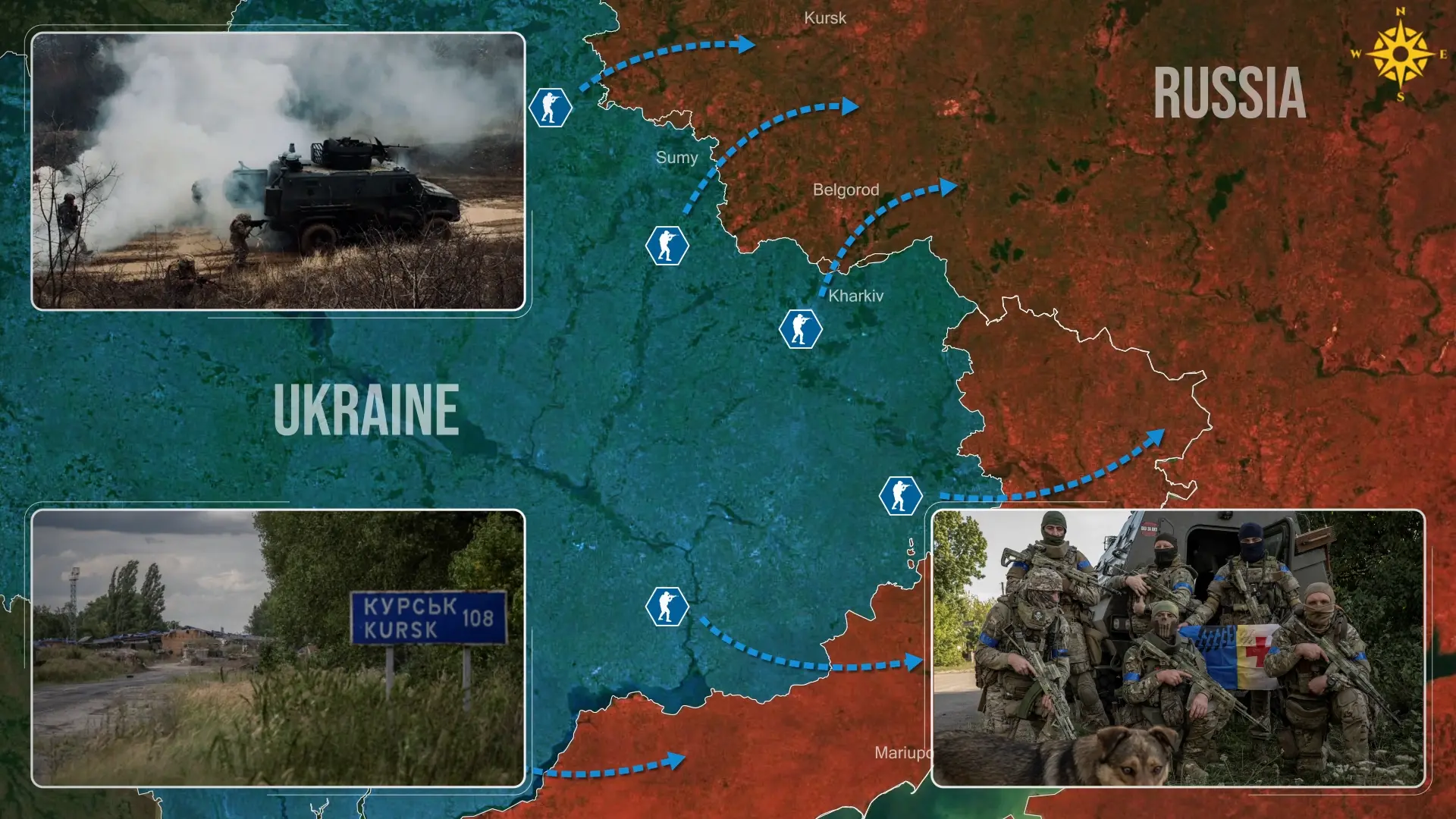
Using special tactics of rapidly deploying drones that allow for rapid response in the face of Russian troops significantly increased their success rate. These units will operate under a unified command allowing for a better coordination on the battlefield.
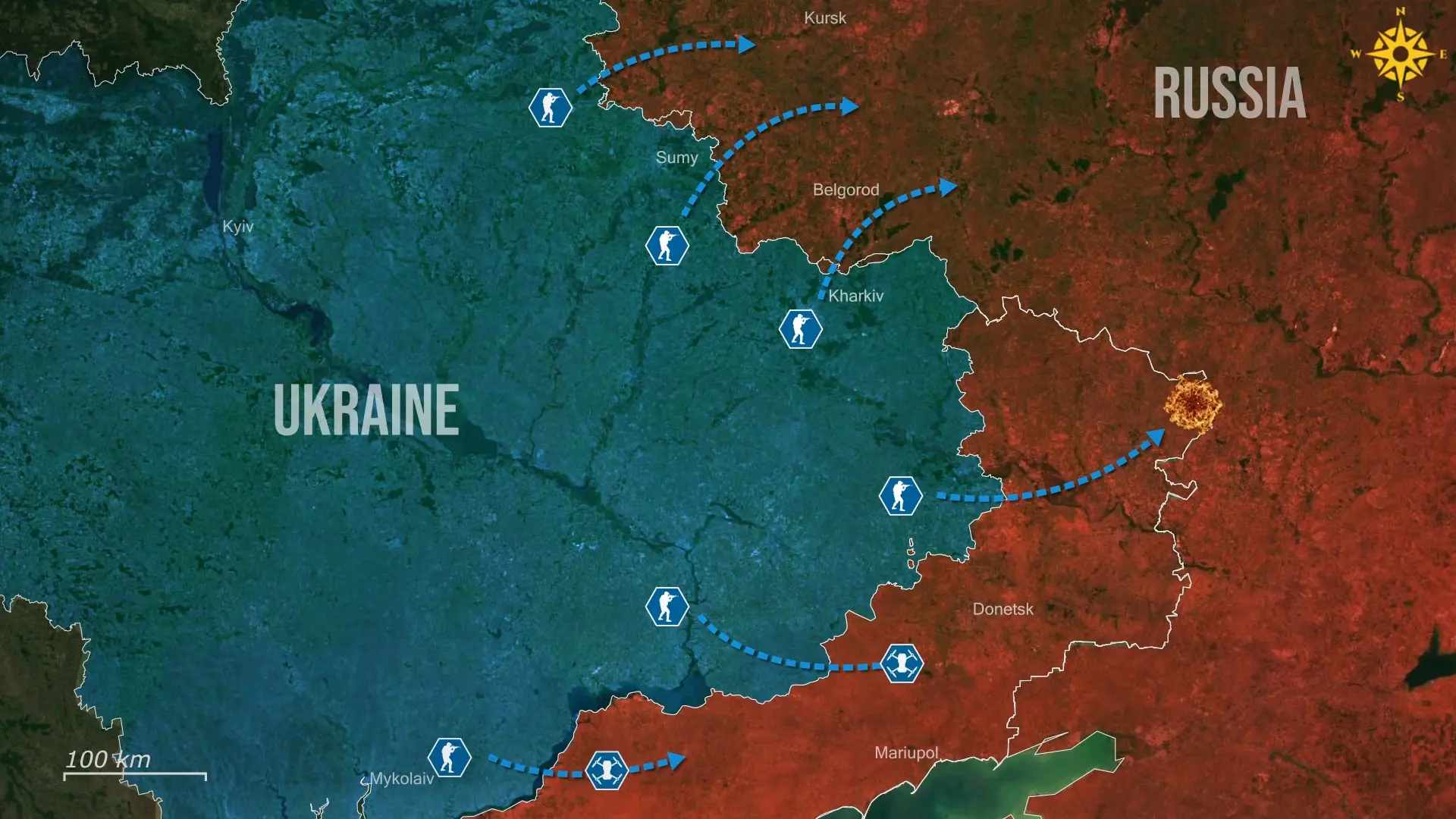
This modernized force aims to strengthen Ukraine’s offensive and defensive capabilities. The Assault Forces were formed to formalize the success of Ukraine’s assault battalions and regiments, which excelled in 2025 across multiple frontlines. The move addresses the stagnation of the previous assault forces branch, the Airborne Assault Troops, where units like the 95th and 80th Brigades, despite successes in Kharkiv and Bakhmut, are misused as static defenders, losing personnel and potential.
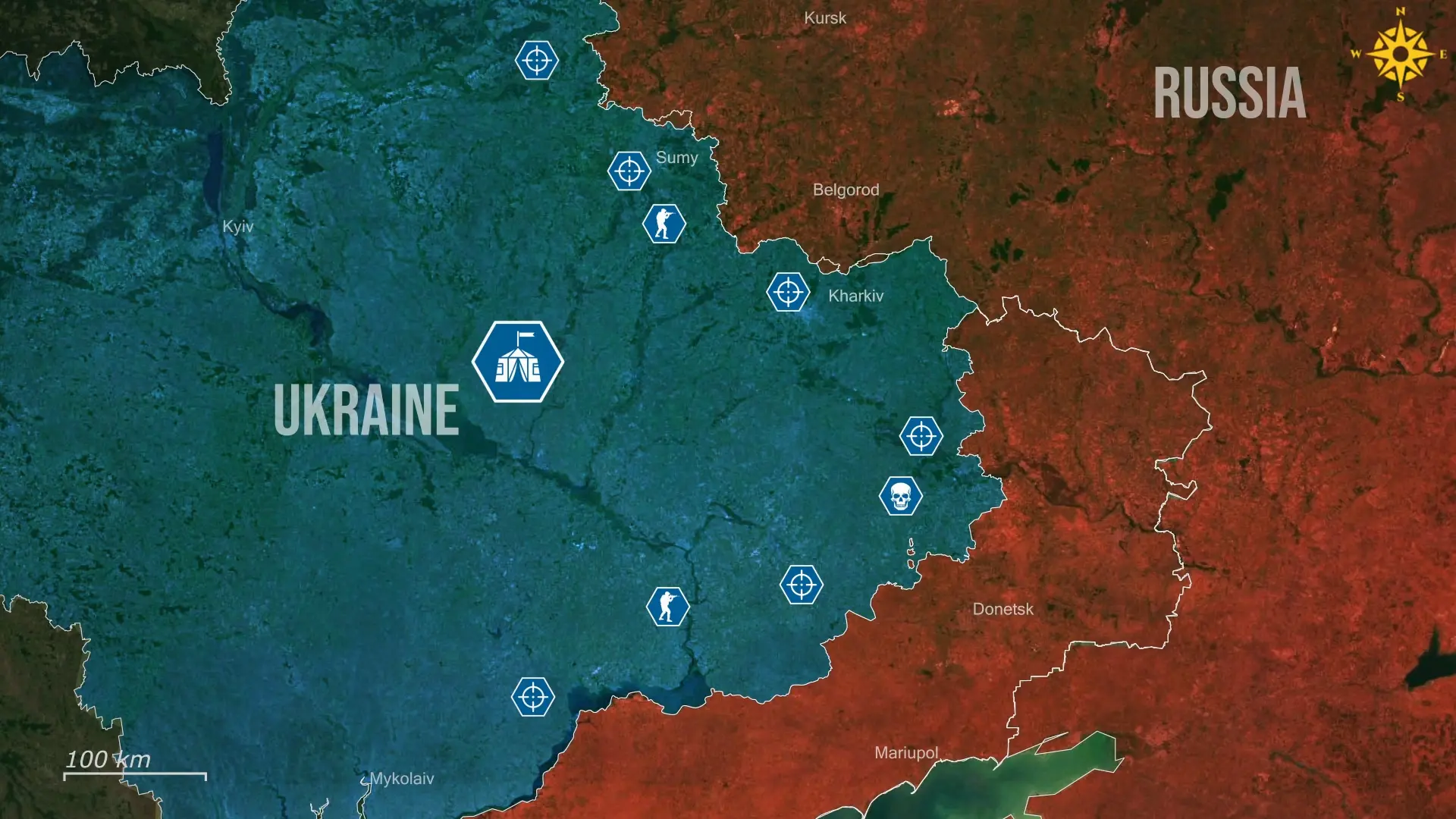
Modern warfare’s shift, rendering traditional airborne roles obsolete, has merged assault and airborne functions. Furthermore, merging with the Airborne Assault Troops addresses entrenched stagnation, preserving traditions while repurposing resources for assault roles, as parachute drops become obsolete. This is the main reason why also airborne units are being phased into the assault branch.
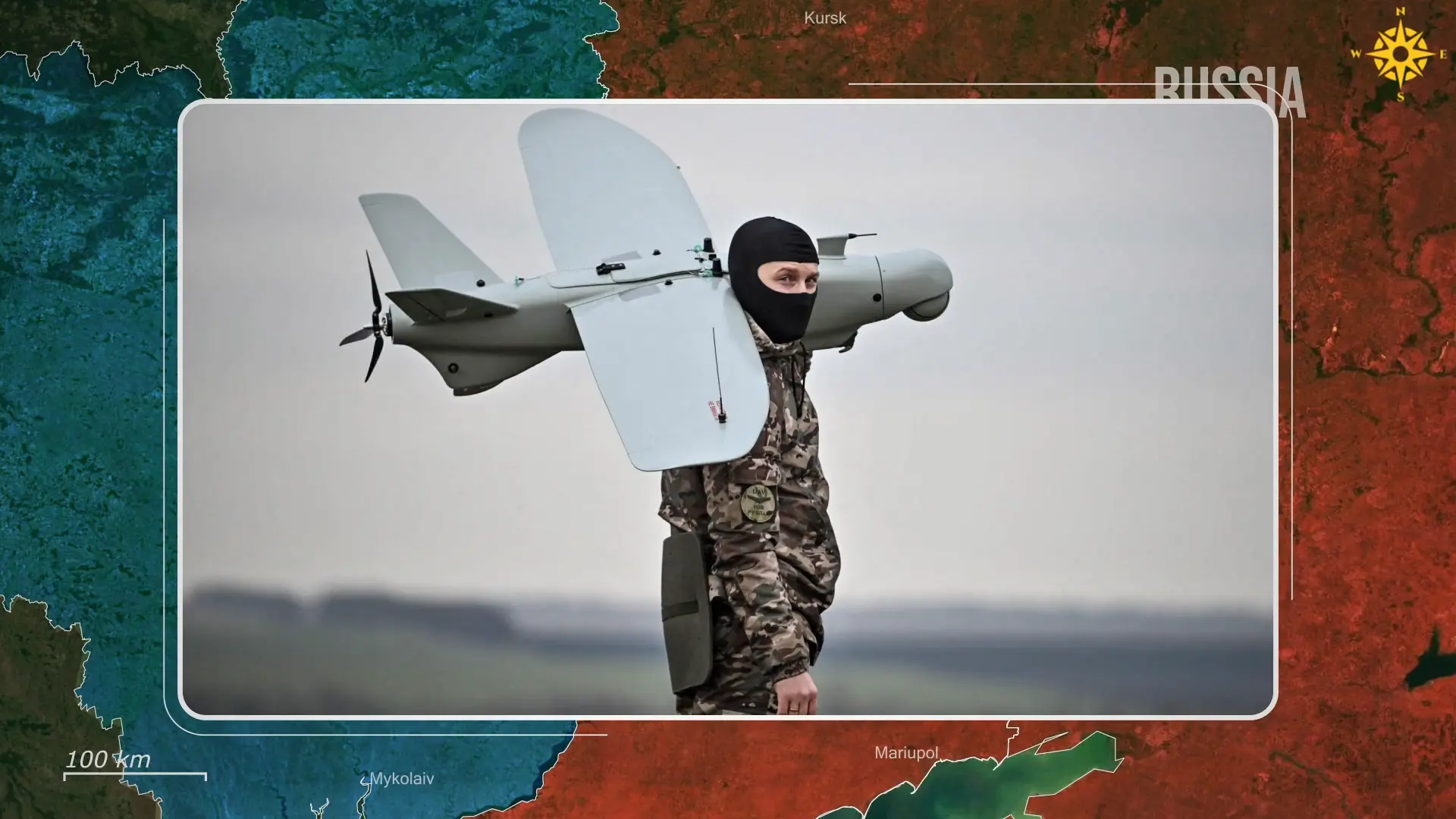
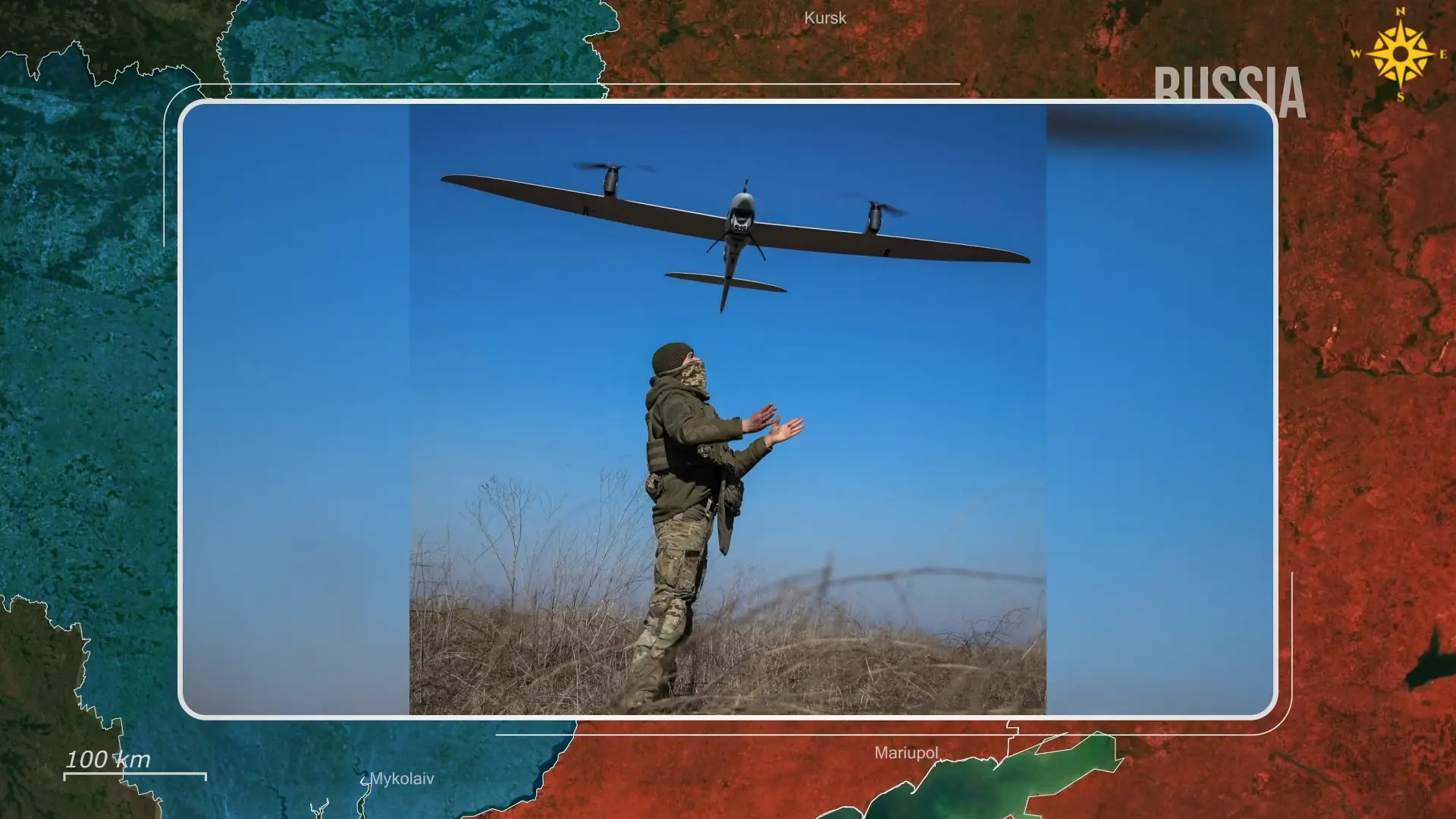
Organizing Ukraine's assault units into a dedicated Assault Forces branch offers strategic, operational, and structural benefits, such as transforming small ad hoc formations into a cohesive powerhouse, through improved coordination. This unification would not mean these units operate on a specific combined frontline, but instead allows them to be better able to receive all the resources they need. By granting legal status, the branch ensures streamlined resource allocation, enabling specialized funding for equipment, training, and personnel retention.

Another key advantage lies in formally integrating advanced drone warfare capabilities into each of these units, making use of both FPV and reconnaissance drones for a clear view and clearance of the battlefield. Drones amplify mobility, marking the Assault Forces' greatest asset, all while allowing rapid-reaction deployments, as seen in successes across Kursk and Dobropillia.
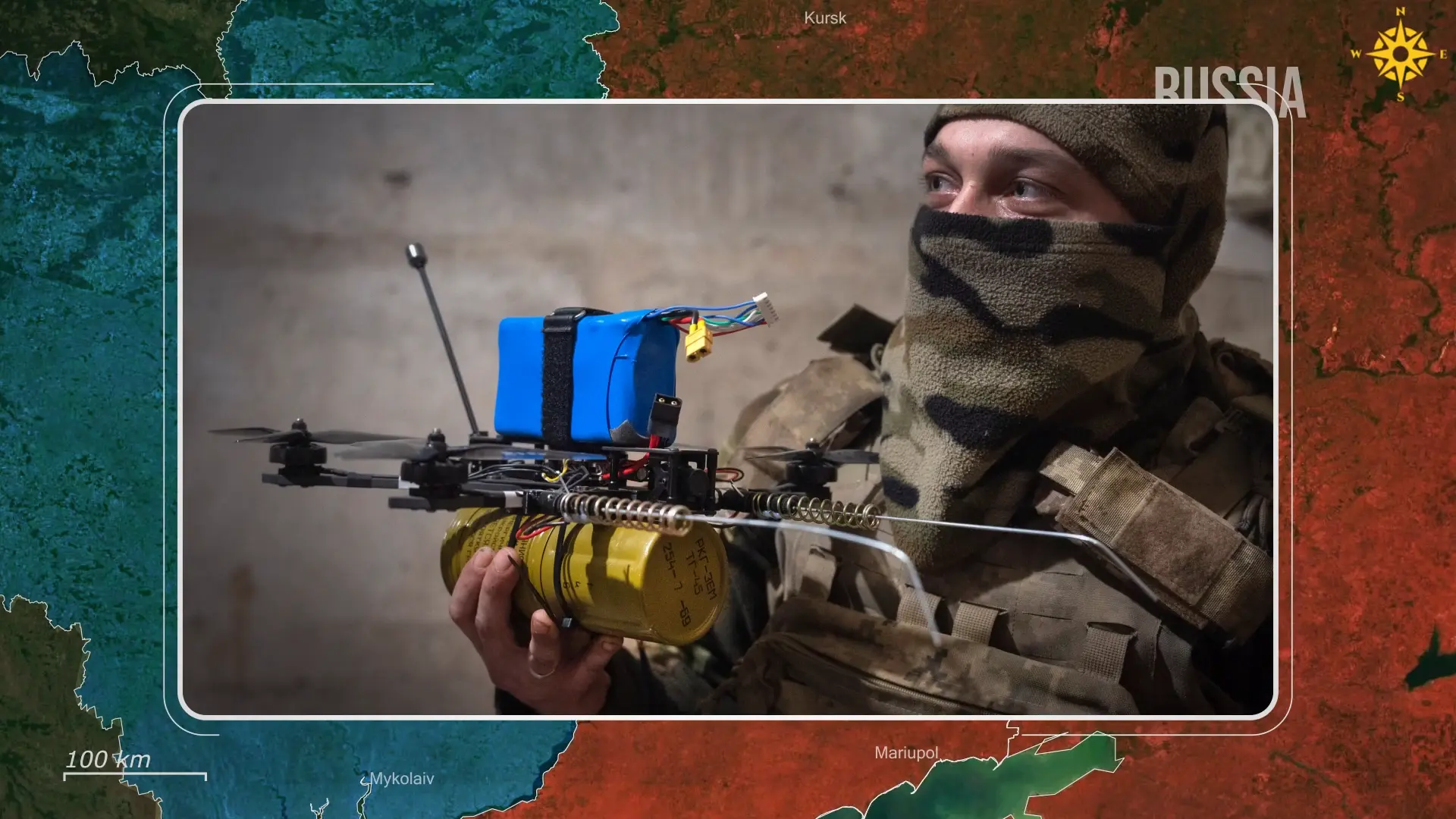

Analytically, this elevates frontal assaults and counterattacks, essential for breaking deadlocks in modern warfare. Lastly, the new branch aims to promote field adaptability in the face of the ever-changing Russian tactics, as smaller regiment and battalion-sized assault formations have proven increasingly more effective than larger units in conducting targeted counterattacks.
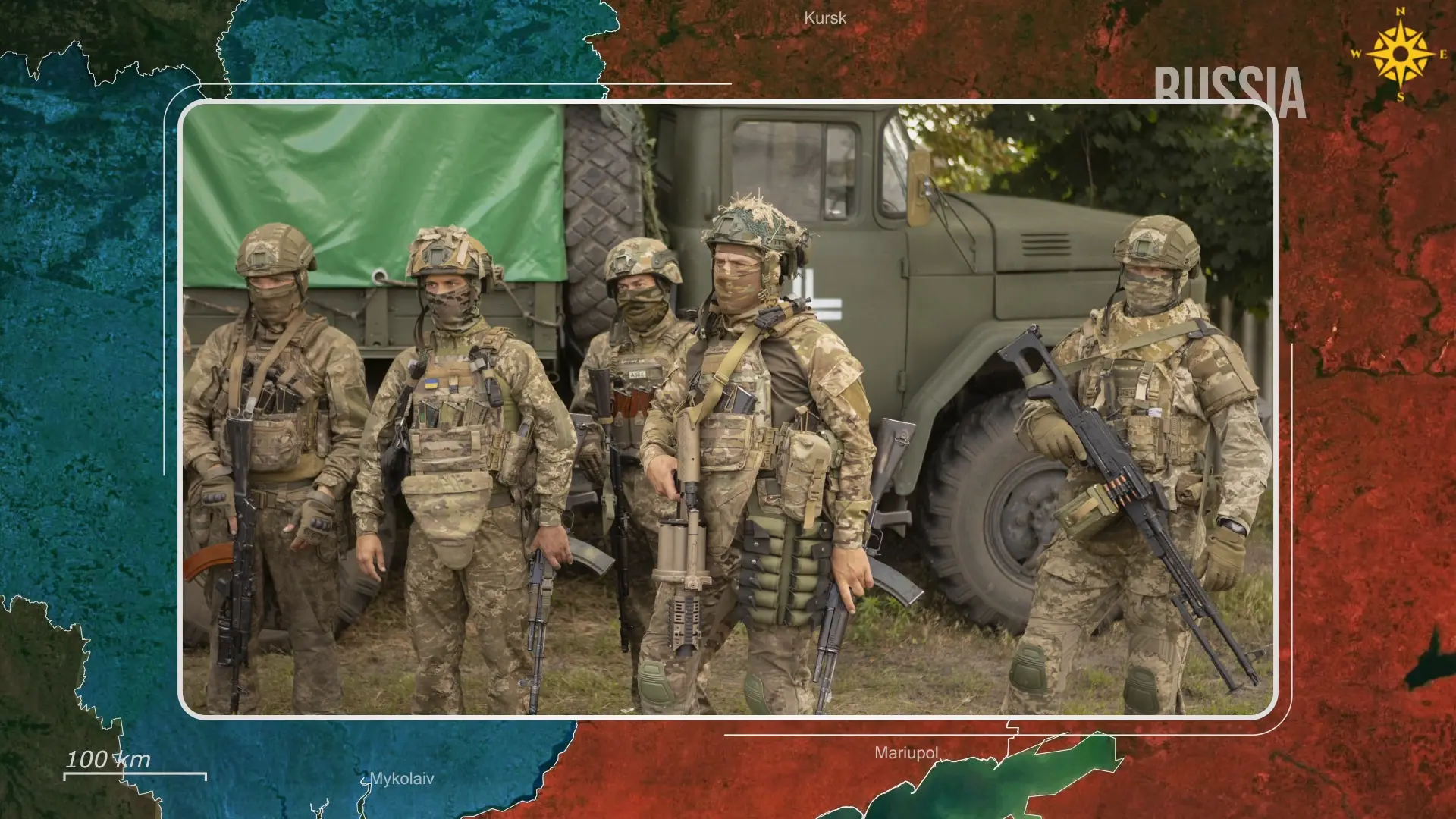
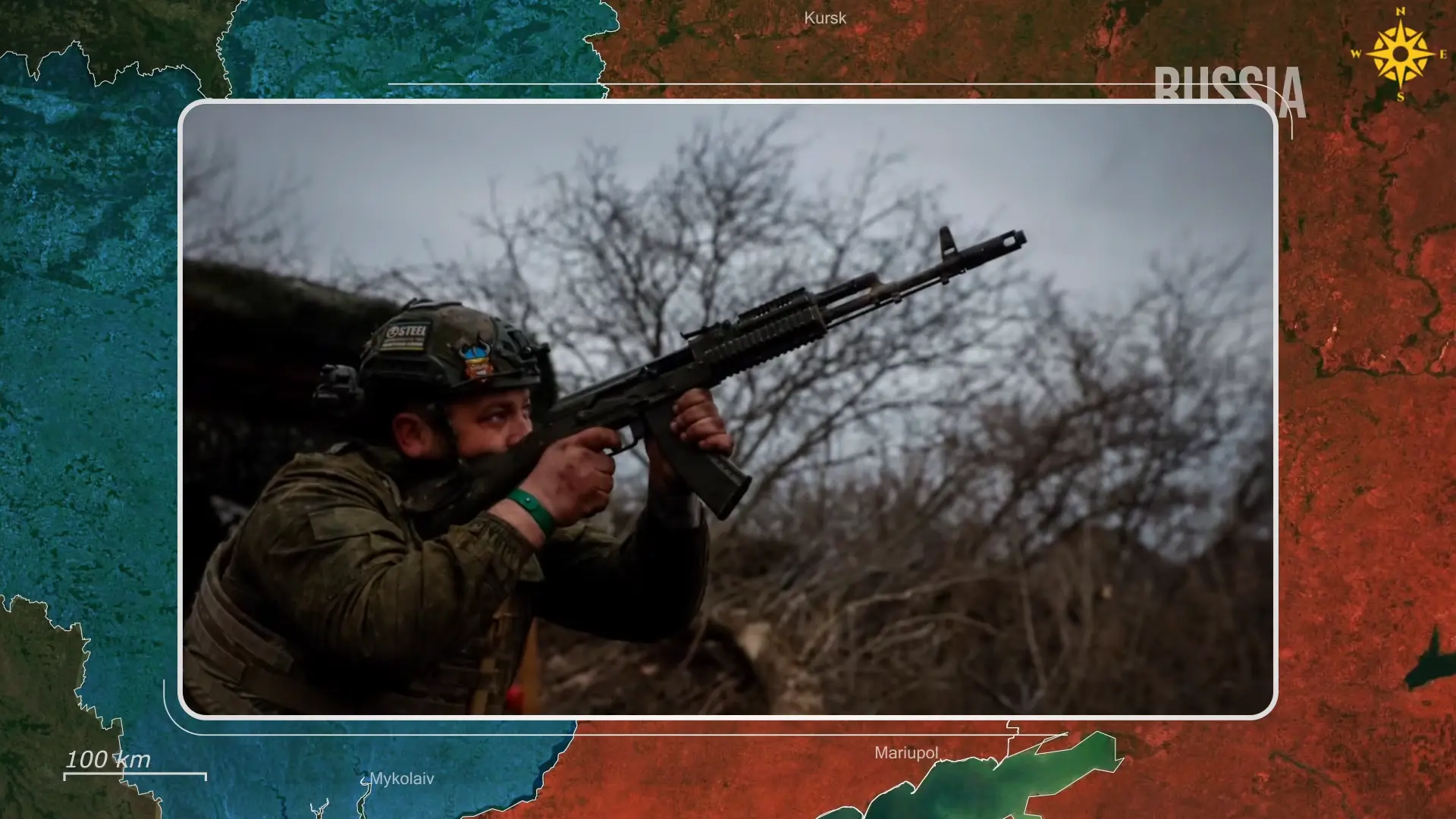
Overall, the establishment of Ukraine’s Assault Forces marks a strategic pivot, standardizing new tactics that proved efficient in countering the invading Russian forces. This reform not only improves the operational capabilities of units like the 425th Regiment but also transforms the stagnating Airborne Assault Troops into a unified ecosystem, where resources are allocated accordingly to the needs of countering the numerical disadvantages faced by the Ukrainian troops. By adapting to modern warfare needs, the branch strengthens Ukraine’s capacity to counter Russian aggression, by allowing for more accurate and targeted assaults on their troops, potentially changing the power dynamics on the frontline despite Russia’s numerical superiority. Ultimately, this bold restructuring shows Ukraine’s desire to build a resilient force, capable of better offensive operations, and marking an important step in military evolution.









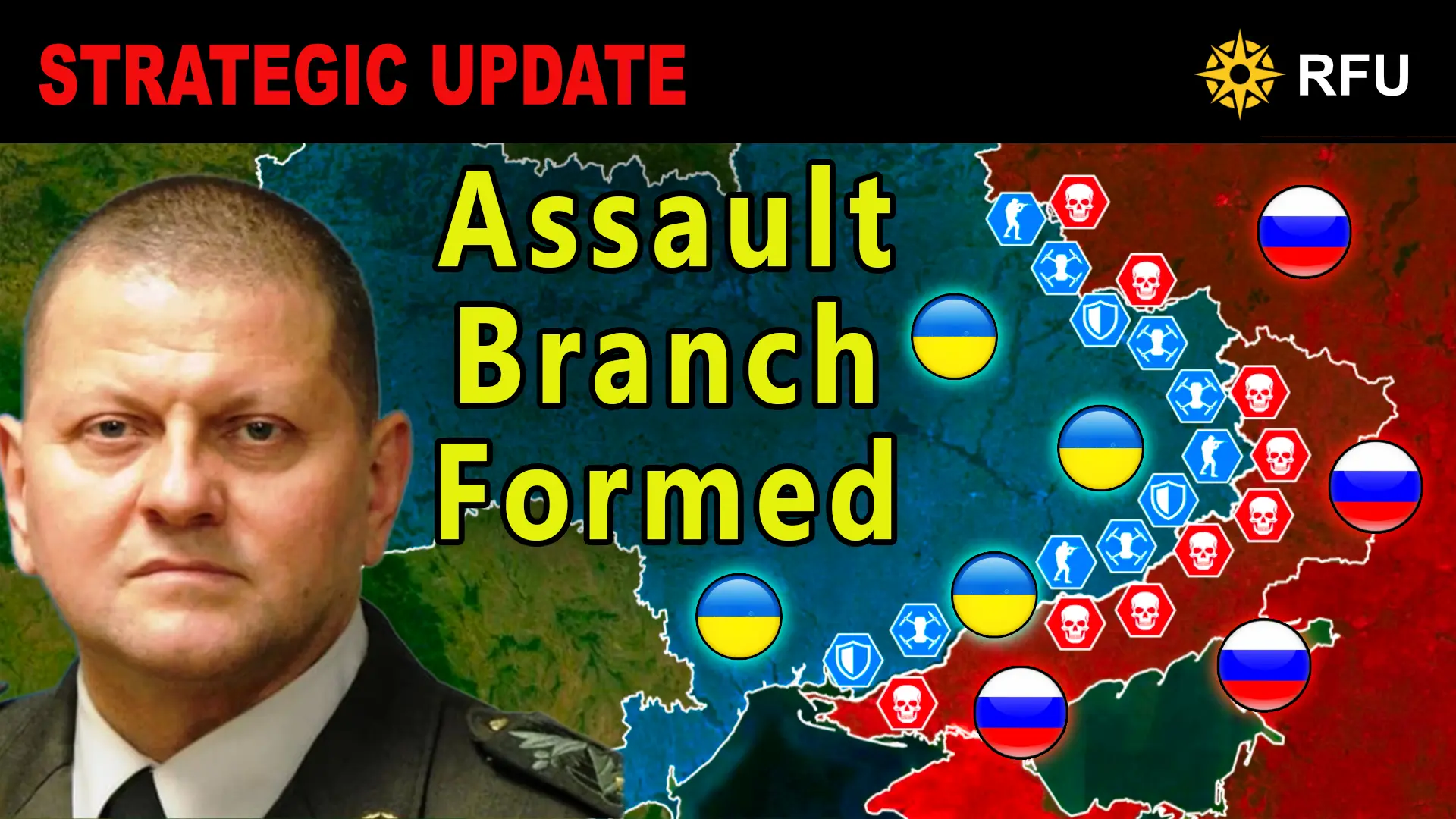
.jpg)
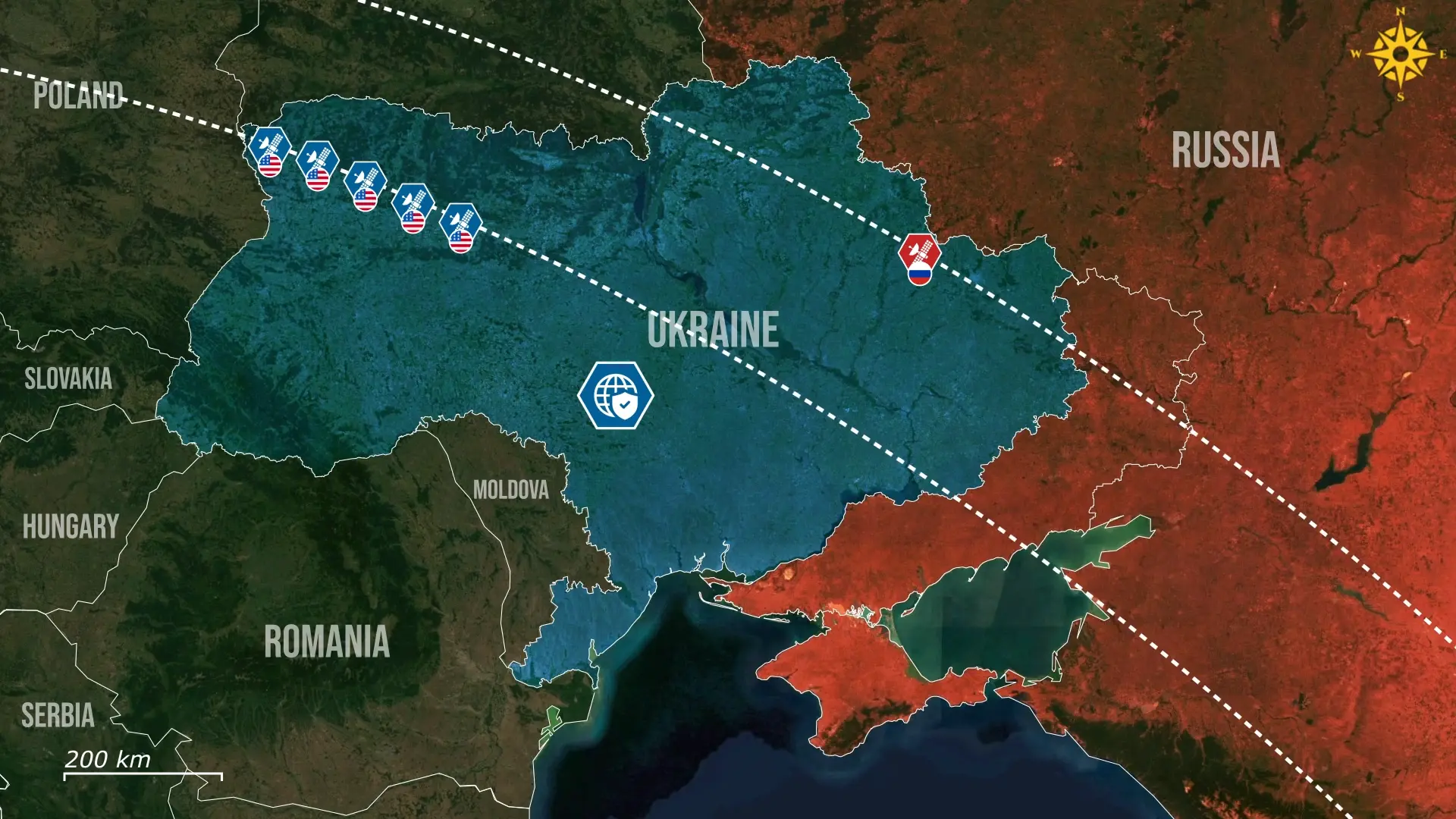
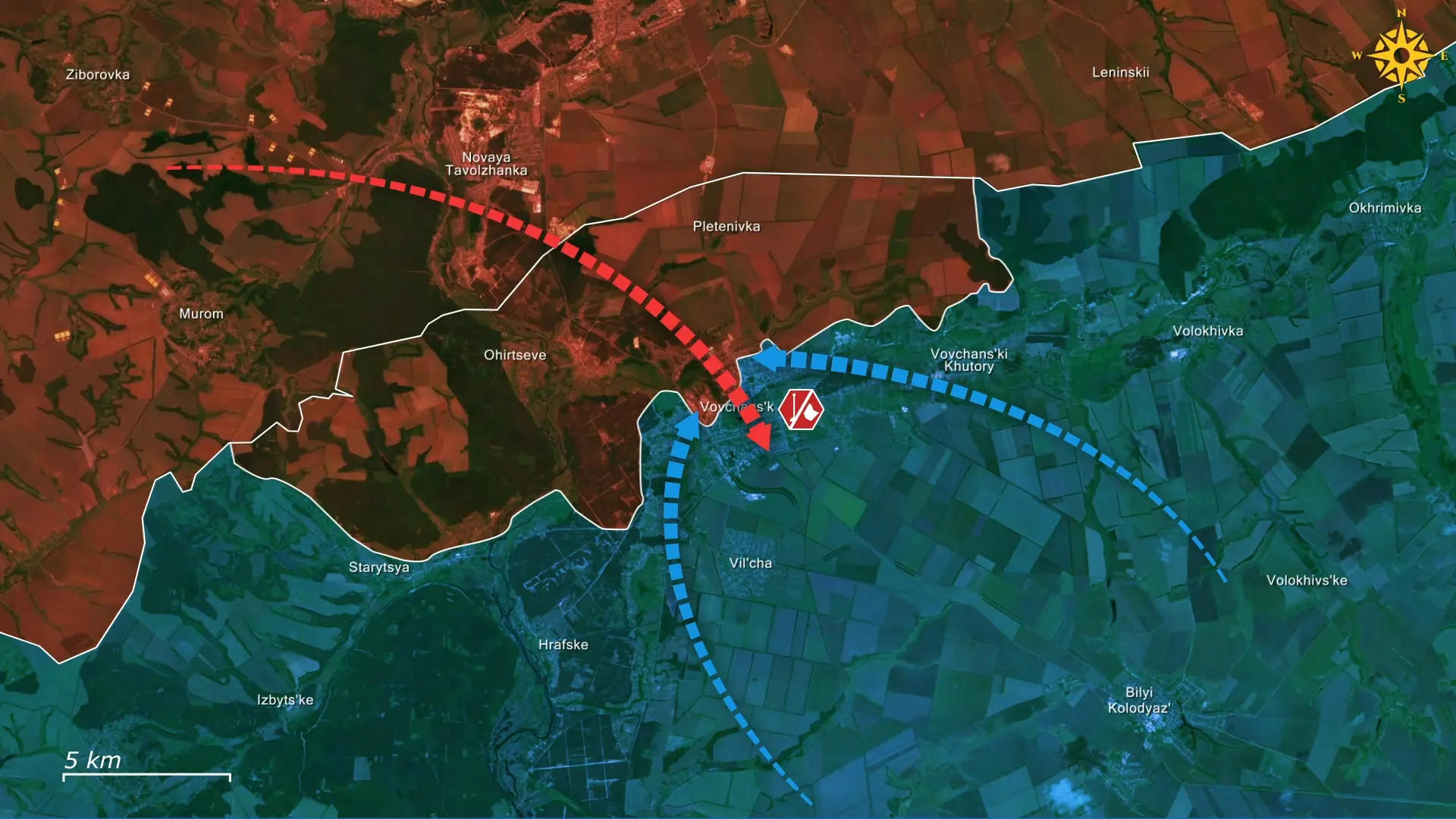
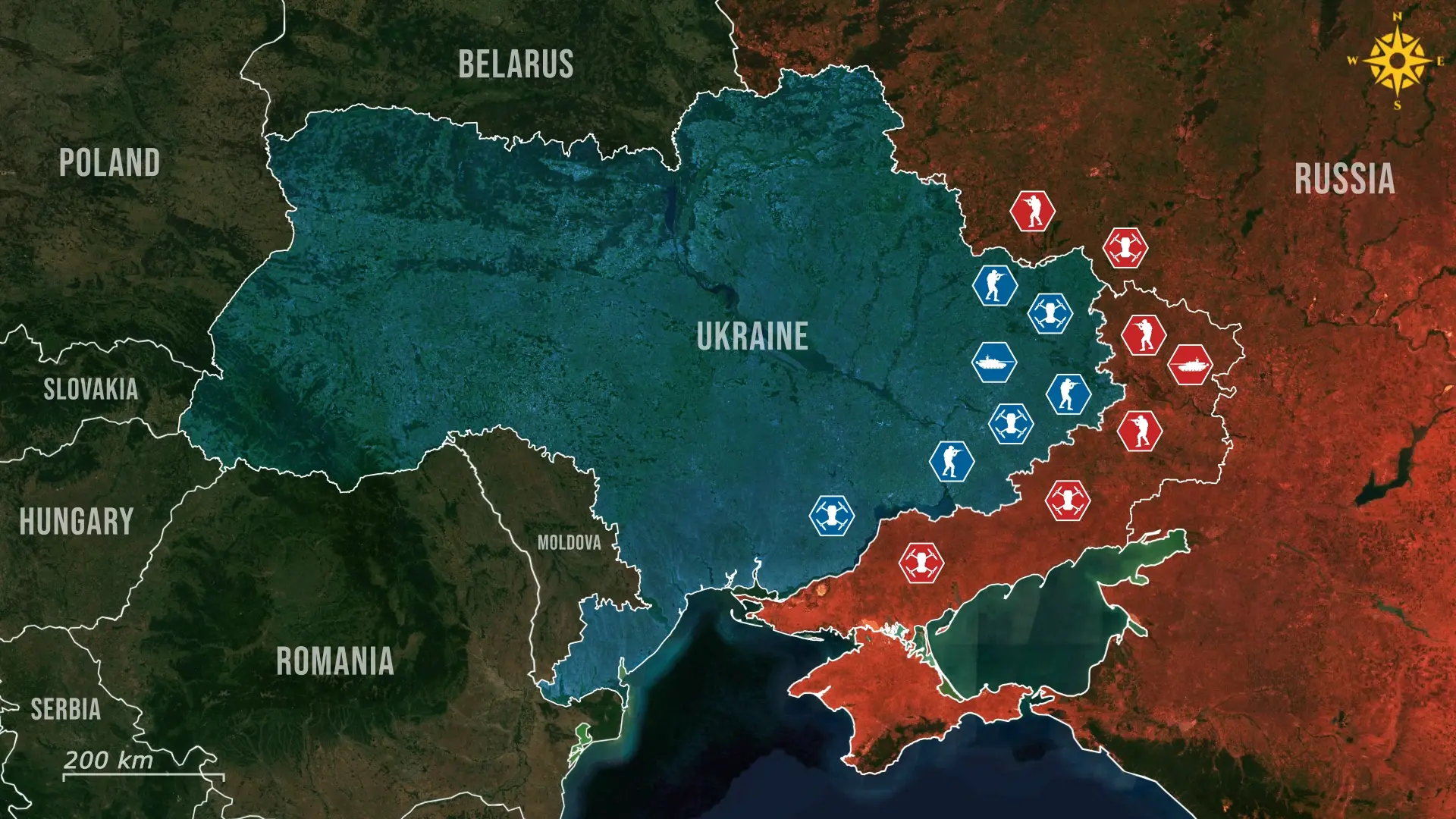
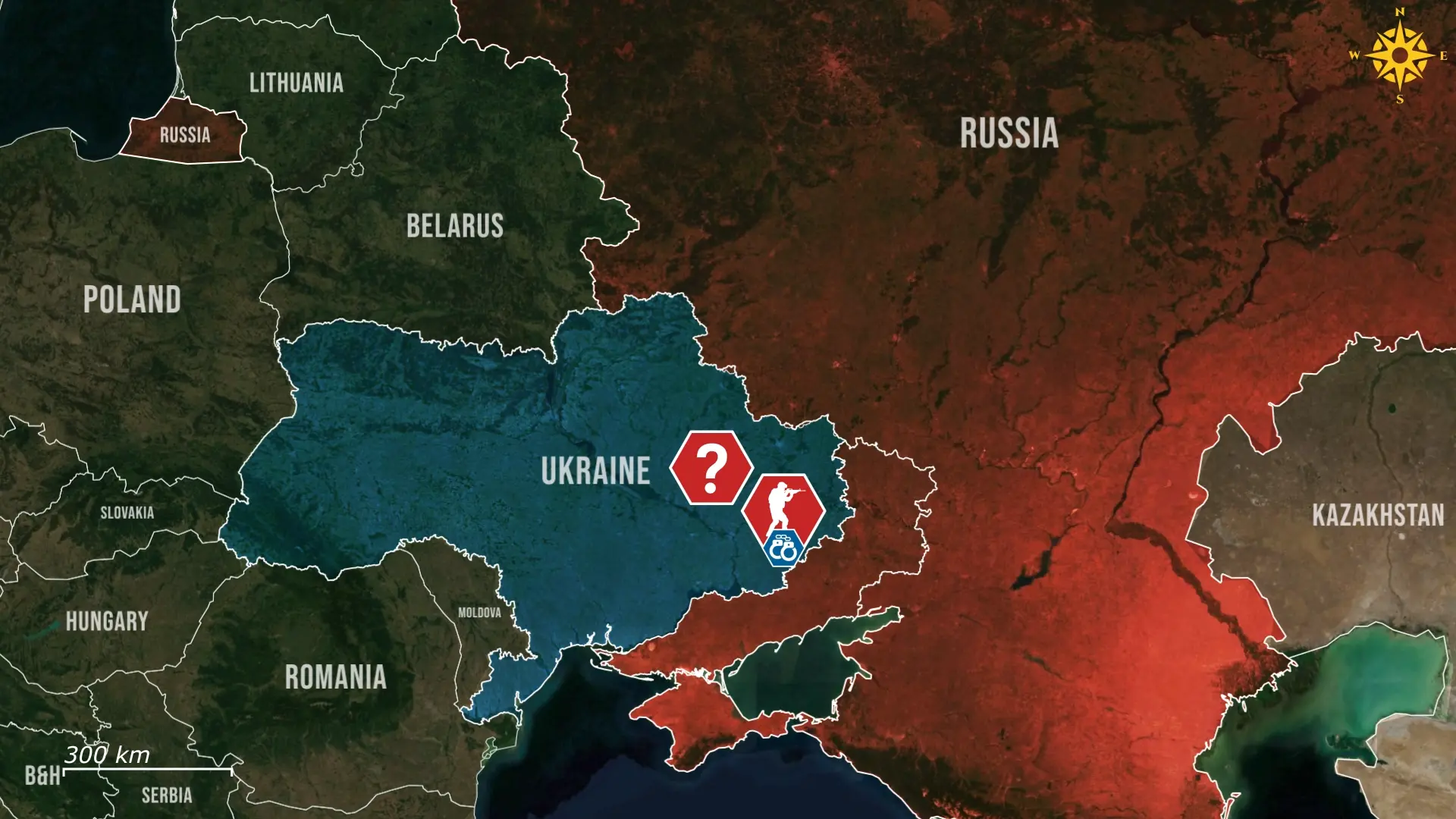
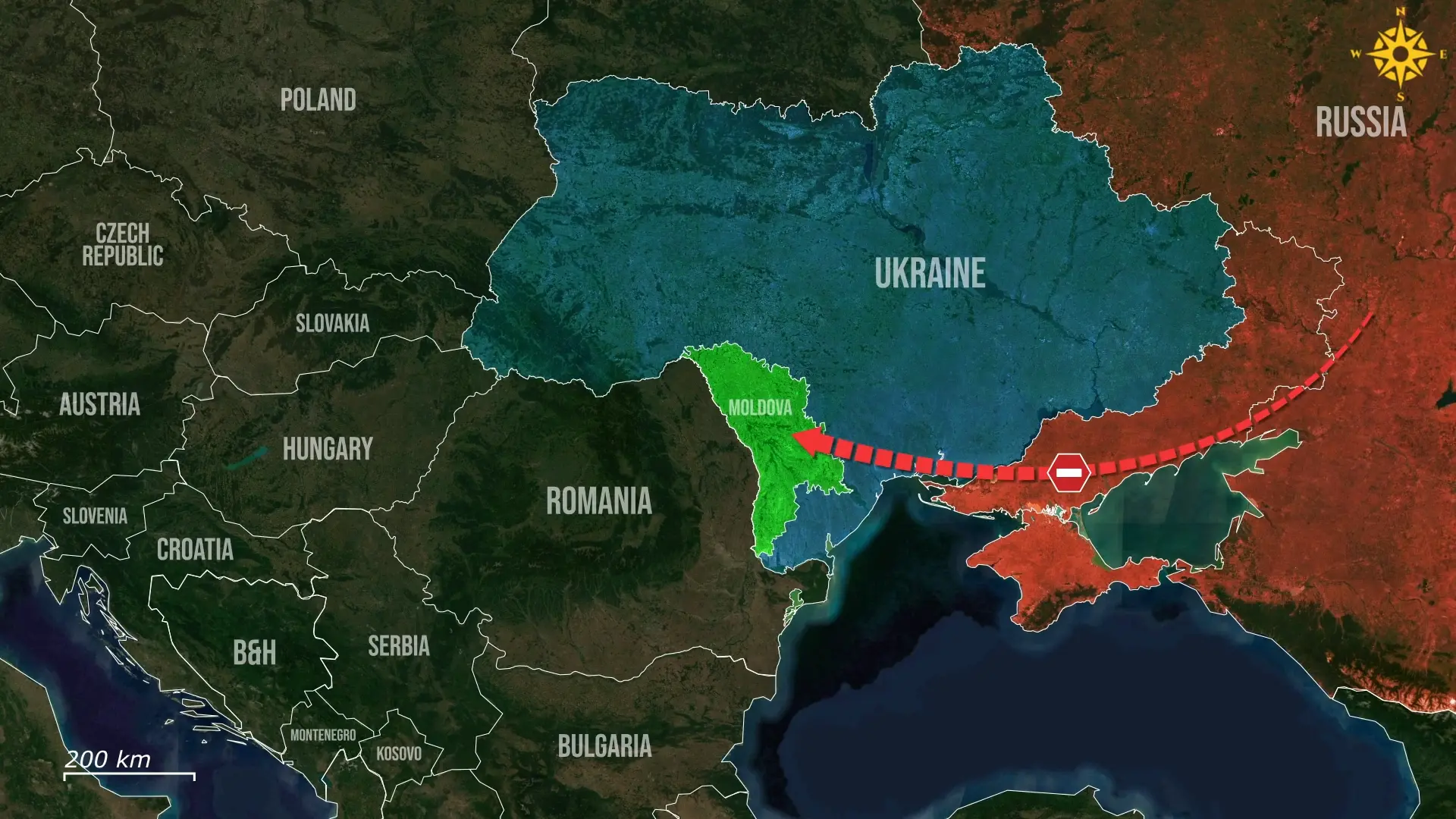

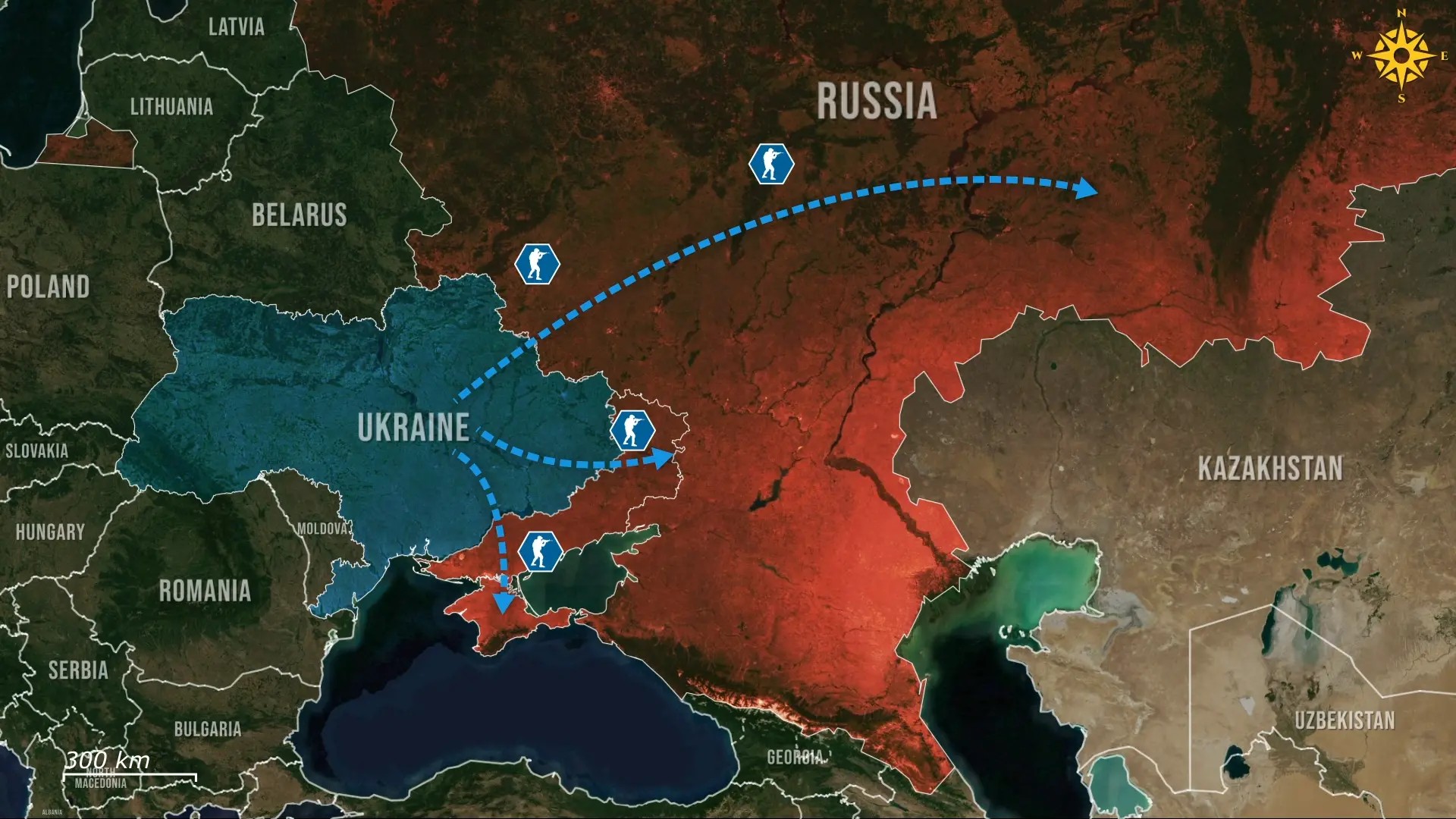
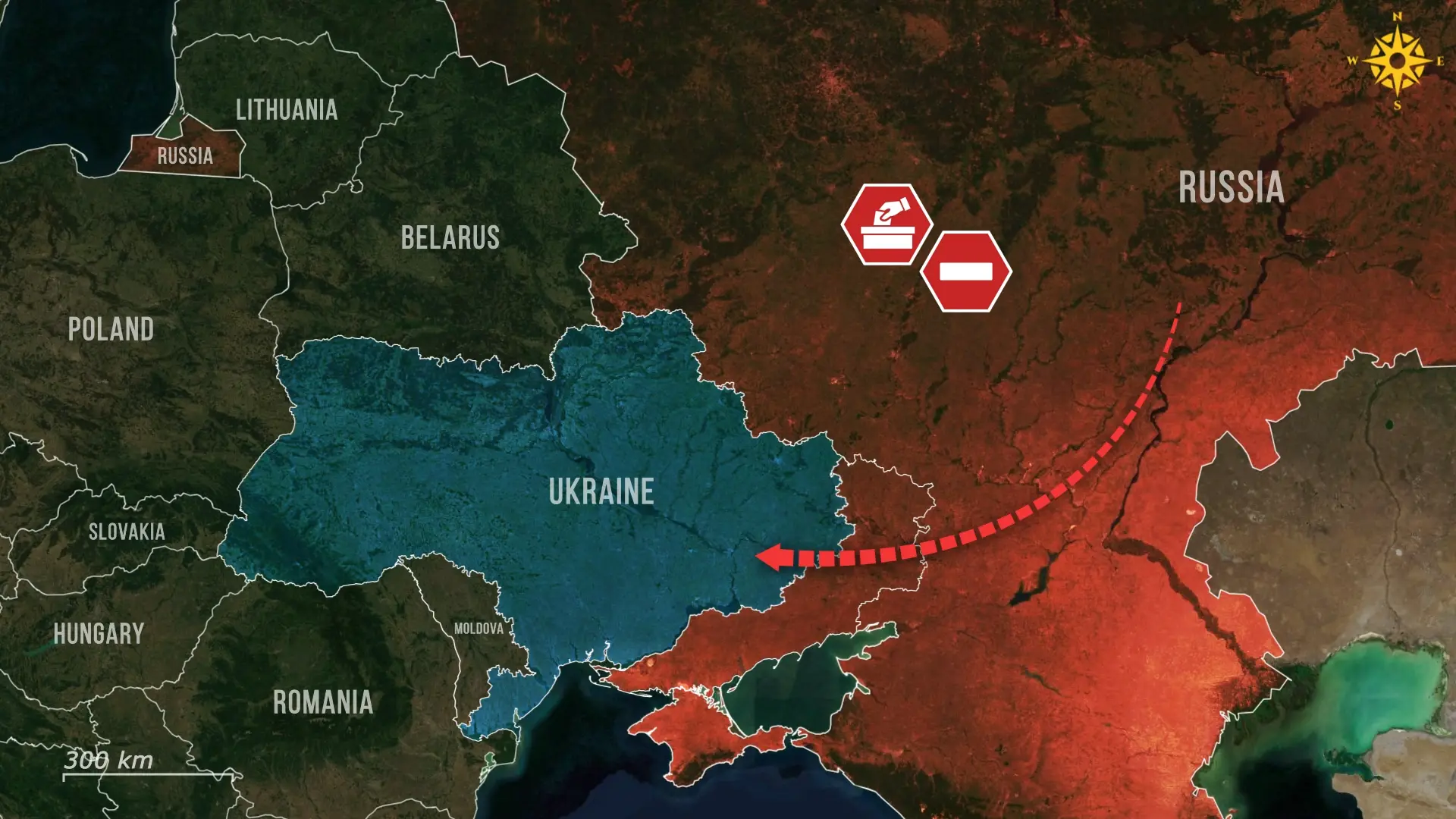
Comments